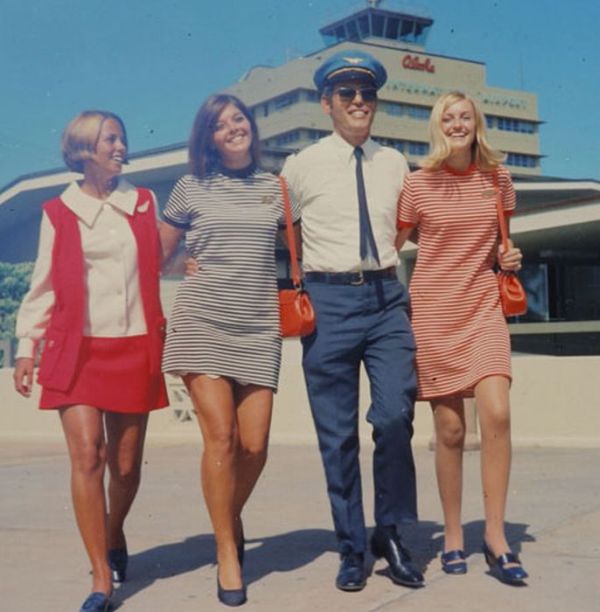|
|
Flight Attendants Around The World
|
The majority of a flight attendant's duties are safety related. Prior to each flight, flight attendants attend a safety briefing with the pilots and lead flight attendant. During this briefing they go over safety and emergency checklists, the locations and amounts of emergency equipment and other features specific to that aircraft type. Boarding particulars are verified, such as special needs passengers, small children travelling as unaccompanied or VIPs. Weather conditions are discussed including anticipated turbulence. Prior to each flight a safety check is conducted to ensure all equipment such as lifevests, torches and firefighting equipment are on board, in the right quantity, and in proper condition. Any unserviceable or missing items must be reported and rectified prior to takeoff. They must monitor the cabin for any unusual smells or situations. They assist with the loading of carry-on baggage, checking for weight, size and dangerous goods. They then must do a safety demonstration or monitor passengers as they watch a safety video. They then must "secure the cabin" ensuring tray tables are stowed, seats are in their upright positions, armrests down and carry ons stowed correctly and seat belts fastened prior to takeoff. All the service between boarding and take-off is called Pre Take off Service.
Once up in the air, flight attendants will usually serve drinks and/or food to passengers. When not performing customer service duties, flight attendants must periodically conduct cabin checks and listen for any unusual noises or situations. Checks must also be done on the lavatory to ensure the smoke detector hasn't been deactivated and to restock supplies as needed. Regular cockpit checks must be done to ensure the pilot's health and safety. They must also respond to call lights dealing with special requests. During turbulence, flight attendants must ensure the cabin is secure. Prior to landing all loose items, trays and rubbish must be collected and secured along with service and galley equipment. All hot liquids must be disposed of. A final cabin check must then be completed prior to landing. It is vital that flight attendants remain aware as the majority of emergencies occur during takeoff and landing. Upon landing, flight attendants must remain stationed at exits and monitor the airplane and cabin as passengers disembark the plane. They also assist any special needs passengers and small children off the airplane and escort children, while following the proper paperwork and ID process to escort them to the designated person picking them up.
Flight attendants are highly trained to deal with a wide variety of emergencies,and are trained in First Aid. More frequent situations may include a bleeding nose, illness, small injuries, intoxicated passengers, aggressive and anxiety stricken passengers. Emergency training includes rejected takeoffs, emergency landings, cardiac and in-flight medical situations, smoke in the cabin, fires, depressurization, on-board births and deaths, dangerous goods and spills in the cabin, emergency evacuations, hijackings, water landings, and sea, jungle, arctic, and desert survival skills.
|
|









